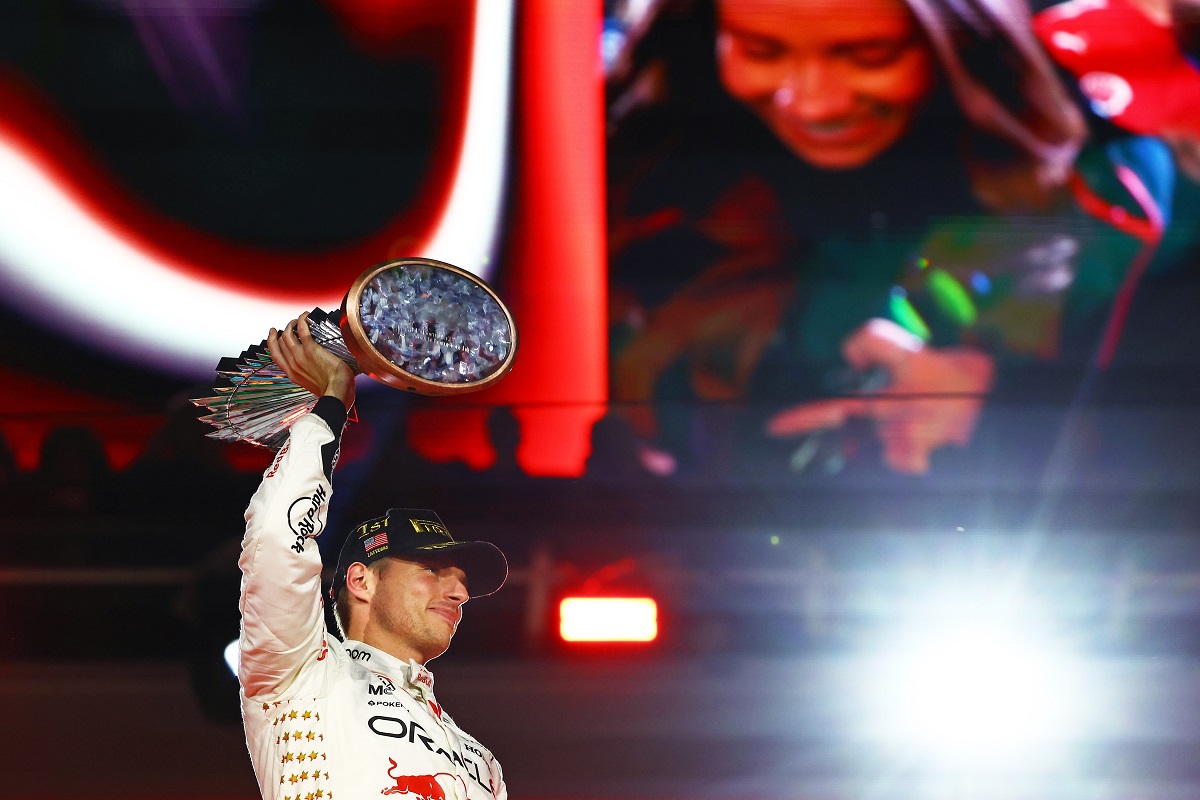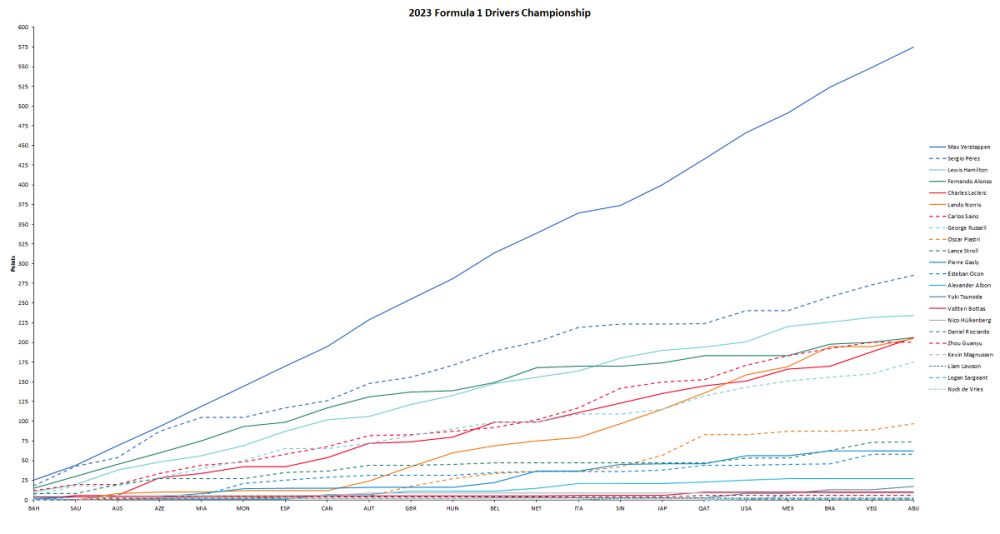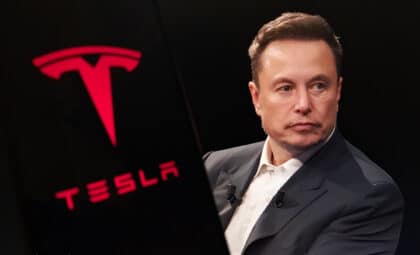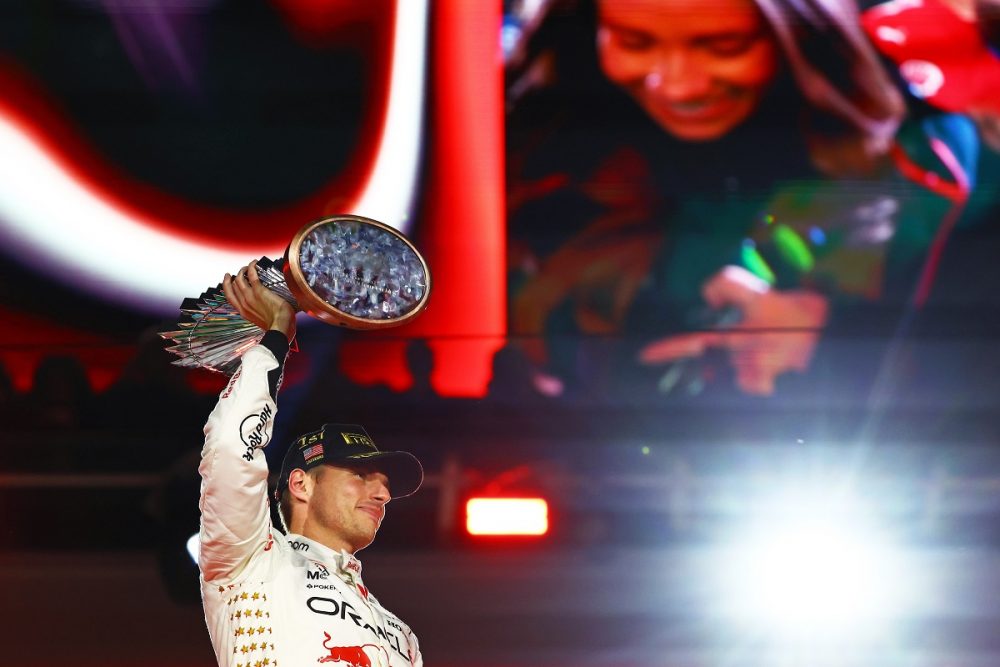
Everyone’s been talking about it, and I’m not going to be any different. With the Abu Dhabi Grand Prix now behind us, the checkered flag has been waved on the 2023 Formula One season, and there’s one driver that has stood out far above all the others: Max Verstappen.
It’s been a record-setting year for the young Dutchman. Most wins in a season (19). Most consecutive wins (10). Highest win percentage (86.4%). Most podiums (21). Most points scored (575). Most laps led (1003). Most races remaining after winning the championship (6).
That’s less than a third of the list. He has set so many new records that this is in itself a record. It’s been an absolute blowout — not just from Verstappen, but from the Red Bull Racing team as a whole, which has been utterly dominant in every aspect of the competition. But it didn’t start in 2023.
Pit Stop: How to tell you need new tires
Let’s go back a little under two years, to the buzz that accompanied the start of the 2022 Formula One season. Following major new regulations, F1 teams had revealed cars with aerodynamic concepts that were drastically different from one another, which doesn’t happen very often. There were at least three main design philosophies, championed by Red Bull, Ferrari, and Mercedes.
That feels like a very long time ago. As the 2022 season progressed, it became evident that Red Bull had nailed it. Once more, Adrian Newey had designed a championship challenger. Every team quickly began borrowing design ideas from Red Bull. Mercedes and Ferrari tried to commit to their concepts, but ultimately abandoned them partway through 2023. McLaren outright copied the RB19 this year, then scored more points in a single weekend than it had in the first nine rounds.
Still, for a time, there was competition at the front even for the non-RB designs. In the early days of 2022, it was very close between Ferrari and Red Bull. Ferrari actually had the advantage through the first half of that season, and Red Bull reliability woes gave their rivals a nice head start. However, the Italian scuderia failed to convert wins with meme-worthy strategy blunders, and title contender Charles Leclerc made a few costly mistakes of his own.
Then a new technical directive — introduced to curb the infamous porpoising effect — ultimately favored the Red Bull car and seemingly killed the season. It may not have mattered. Verstappen had already overturned the deficit to Leclerc and begun pulling away in the championship, despite not being in the clearly best car. That’s because largely, there’s been one thing to blame for the Max Verstappen domination: Max Verstappen.
The young Dutchman (and with nine F1 seasons under his belt, it’s easy to forget the 26-year-old is still very young) is utterly indomitable. After Leclerc crashed out of the lead of the 2022 French Grand Prix, Verstappen went on to win nine of the remaining 11 races, concluding the 22-race season with 15 new first-place trophies. You could be forgiven for forgetting that before July of that year, we were still wondering who would win the title (or rather, hoping it wasn’t already settled, and experiencing an ominous feeling that it probably was).
In the end, 2022 was a stomp — a record-setting one, even, as nobody had ever won 15 in a single season before. But not one to rest on his laurels, Verstappen quickly went about one-upping himself. Last weekend, he won his 19th of 22 races. He’s currently on a run of seven consecutive wins, something only four other drivers have ever managed before, and he’s the only one to have done it twice — ever, let alone in the same season. He has stood on the podium all but once in 2023, earning the televised pre-podium cooldown room a new unofficial title on the live broadcast: the Max Verstappen Podcast.
He averaged over 26 points per race, even though the winner gets just 25, by also winning four of five sprint races and scoring points for fastest laps. He finished with more than double the points of his teammate, Sergio Pérez, setting a new record for winning margins. His points tally is enough to comfortably beat the next-best team and its two drivers combined. Check the chart below. Don’t worry about the small font. There’s never been as close to a perfect diagonal in the history of the sport.
Many of Verstappen’s wins in 2023 were comfortable — and he undoubtedly has, in part, the strength of the RB19 car to thank for that, as well as the excellent Red Bull pit crew and strategy team. But Verstappen is also very good at making those wins look comfortable, and it’s unlikely that other drivers would have found it so easy. More often than not, when Verstappen disappears into the distance, his teammate doesn’t manage to get on the podium. As he puts in a magical lap to cinch a Monaco pole, the other Red Bull car crashes out of qualifying.
Since the 2022 French Grand Prix, when Leclerc’s title hopes dwindled away, Max Verstappen won 28 of 33 races. Pérez, who drives exactly the same car — same Adrian Newey design, same Honda engine — has won just three times over the same period.
I’m not here to harp on Pérez. But he is an important variable. He highlights that it takes more than just a great car to perform. F1 is often little more than an engineering competition and a grossly expensive, arguably immoral marketing exercise. The drivers are not on an even playing field. Red Bull had the fastest car this season, and in theory, Max Verstappen should have been winning. A lot. But so should have Pérez, and instead, he often looked under threat of losing second place in the championship.
There’s no real way to tell how much of a driver’s performance is down purely to their skill, but there’s no doubt that few drivers, if any, would have been able to replicate Verstappen’s 2023 results. Dominant cars have existed in the past, some even more than the RB19 in sheer race pace — like the 2014-16 Mercedes — yet even they weren’t able to match Verstappen’s achievements.
If you were to put two midfield-quality drivers in the RB19, like Pérez, one of them would probably win the championship — but would be close enough with the other teams to make it exciting. It’s likely that few would be talking about Red Bull’s crushing season as much as they would be praising the RB drivers for their strong showing. If you were to put two Lance Stroll-quality drivers in the RB19, Lewis Hamilton probably wins the championship for Mercedes. Put a world-class driver in the RB19, and he would certainly win in dominant fashion. Then there’s Verstappen. Just dominant doesn’t cut it: his season was record-shattering.
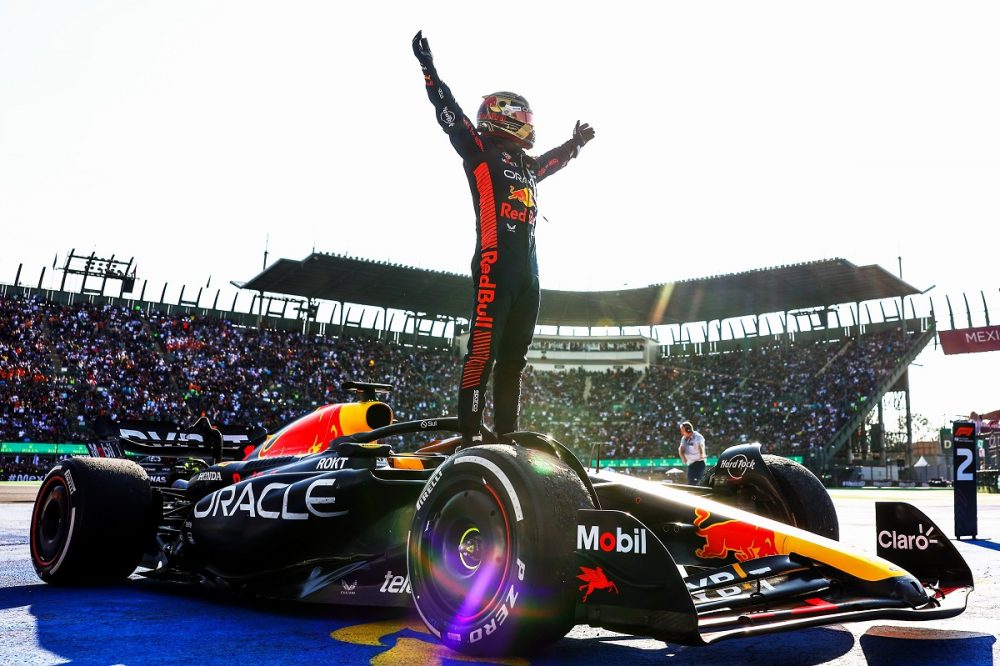
F1 is no stranger to spells of dominance, but the last decade has taken it to another level. Before Red Bull’s current streak, Mercedes reigned as kings for seven years, which had immediately followed four years of Red Bull victories. In other words, only two teams have won the constructor’s championship in the last 14 years, which has never happened before. Ferrari also dominated in the early 2000s, and before then, teams like McLaren-Honda sometimes crushed the opposition, but rarely for as long as it tends to happen today.
The good news is that spells of dominance tend to end abruptly. The bad news is that this is usually caused by major regulation changes, and we are not getting any before 2025. Even the drivers aren’t changing — for the first time ever, every driver will start the next season with the same team they ended the previous one, which means the 2024 season may feel all too much like the one that just concluded in Abu Dhabi.
It’s unlikely that anyone can top the year that Verstappen has just had. Even the man himself, in his post-season interviews, seems at a loss for where to go from here. But if Red Bull is anywhere near competitive — and it will be — you can expect he’ll have a good chance to take his fourth title.
One factor that can almost always be correlated with success is money. Mercedes were the biggest spenders during their time at the top, and so was Ferrari with Schumacher. Generally, the team with the biggest budget has the best chance of winning the whole thing. However, recently introduced budget caps are now giving the less resourceful teams more of a fighting chance — but the new rules have had unintended consequences.
When Mercedes realized it had gotten it wrong with its size-zero sidepod concept, it didn’t have the budget to simply swap to a new idea. In the past, the team could have paid its way out of trouble. This means constructors that nail the regulations, such as Red Bull, are more likely to preserve their advantage. And that’s a good thing: it rewards the talented designers and engineers behind the car rather than the money thrown at the project.
And thanks to the budget cap, F1 cars are generally much closer to each other on the track than they have been in years. The gaps across the field are narrower, with a few exceptions at the bottom and, thanks to Verstappen, at the top. With more budget parity, it gives drivers, engineers, strategists, and mechanics a greater chance to shine and make a difference.
Earlier, I said the drivers are not on an even playing field. But that field is getting more and more fair thanks to the budget restrictions, at least insofar as genuine talent is rewarded — at the factory, on the pit wall, and in the cockpit. It has been, arguably, one of the fairest seasons in F1 history. It could be exactly why Red Bull and Verstappen have come out so far on top.
Kurt Verlin was born in France and lives in the United States. Throughout his life he was always told French was the language of romance, but it was English he fell in love with. He likes cats, music, cars, 30 Rock, Formula 1, and pretending to be a race car driver in simulators; but most of all, he just likes to write about it all. See more articles by Kurt.

